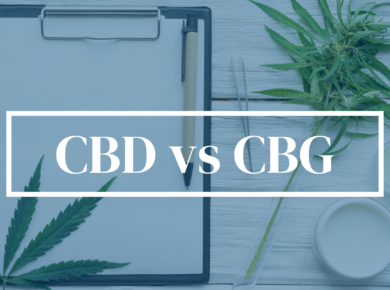Charcoal. The difference? The intended use. Biochar is used for soil amendments and carbon sequestration. Where as charcoal is intended to be used a fuel source for heating or cooking.

How is Biochar Made?
Biochar is made with controlled burns. These can be as small as a personal kiln in the back yard or as large as brush piles in an open field. The main thing to take away from creating your own controlled burn is to make sure that you have a safe environment. This includes checking your local counties burn-bans, city ordinances and having a fire extinguisher or water source on hand.
For Small Kiln Burns
- Start a small fire with kindling and small branches
- Place lagers logs on once the fire is burning well
- Burn until the smoke thins
- Place the lid on the kiln and seal off any additional air flow
- Allow 6-24 hours for the embers to cool and extinguish completely
- Uncover and harvest the biochar
- From here they can be broken into smaller pieces with a mallet or hammer.
For Outdoor Burns
- In a designated bin or hole in the ground, build your pile.
- Place the larger pieces of wood near the center of the pile
- Place smaller pieces on the top and sides
- Ignite by lighting the smaller wood on the sides
- Allow the pile to fully ignite
- Once the smoke thins, cover the bin with a metal lid or cover the pile with surrounding dirt
- Be sure to cover as fully as possible. Removing all oxygen from the coals allowing them to extinguish and cool.
- After 24-48 hours remove the dirt or cover and harvest the biochar
- From here they can be broken into smaller pieces for ease of use by a mallet or hammer. A wood chipper can also be used depending on size of the desired end-result
[PRO TIP] Water is not recommended for extinguishing the fires. Water actually stops the charring process. For best results, allow the coals to cool naturally by removing the oxygen source. But always have a way to extinguish the fire quickly in case of emergency.
If you don’t have the ability to create your own biochar at home, fear not. Biochar can be purchased online or at most local garden centers.
How does Biochar work?
Once the organic material is charred it becomes very porous. At this point, the moisture and other minerals have been removed. Due to it’s microporosity, biochar is able to have more surface area to absorb new minerals such as carbon, hydrogen, oxygen, methane, etc. This makes biochar a valuable addition to the garden for a number of reasons.
Benefits of Using Biochar:
- Reduces/Sequesters carbon in the atmosphere
- Retains moisture in the soil
- Holds nutrients so less fertilizer can be used on crops over the growing season
- Reduces acidity in soil
Can I Use Charcoal from BBQing?
Even though charcoal and biochar are manufactured in similar ways, it is very important to know the source of the charcoal. Most charcoal bricks are made with added chemicals to promote quick ignition and to hold a form. These added chemicals can be harmful to the soil especially if you are planning to consume your crop.
Another reason why this may not be ideal is the bulk and low surface area of common charcoal.
Biochar is normally distributed in more manageable granules or flakes.
This not only makes it easier to work into the soil and apply in a uniform way, but also drastically increases the surface area of the biochar per square inch. This creates more area to absorb moisture and other minerals which makes it substantially more effective.
Active Charcoal vs. Biochar
Active charcoal most commonly means the charcoal has been mixed with another organic material. This material could include earthworm castings, compost, or fertilizer to “charge” it and make it even more beneficial to the soil with one application. As opposed to have to mix it yourself. Either way is great and will yield similar results; whether you pick up a bag or activated biochar or just make your own custom blend at home.
How to Apply Biochar to Your Crops
Biochar is applied like any fertilizer. Sow a layer over the soil and mix well. You can mix into the soil by hand or by use of rotavator. This can be done before planting a new crop or applied to an existing crop in the growing season. Water immediately after applying to jumpstart the process. Biochar is slower to break down so applying once per annual season is most likely all you will need. Be sure to follow the instructions on each bag of biochar for the proper mixing ratio.
If you want to use less fertilizer, use water more effectively, reduce the amount of carbon in the atmosphere, boost mineral content in your soil, and raise healthy happy plants, biochar might be the answer you’ve been looking for.




